Siren Design’s progressive and unequivocally cool workspaces are grounded by a belief in designing for community and context. It is all the more relevant in our isolating pandemic circumstances, asserts its Singapore managing director Penny Sloane.

Penny Sloane's broad background in sociology, psychology and interior design provides all the right tools for designing holistically. Photography by Khoo Guo Jie.
July 5th, 2021
In Siren Design’s Singapore office, the most striking space is the ultra-feminine boardroom, framed by salmon-pink aluminium doors and blush curtains through which sunlight shines on a painterly, floral carpet. This setting well represents the firm’s unapologetic embrace of female power in the masculine stronghold of corporate culture.
The firm was first founded by Mia Feasey in Sydney in 2005. Its director, Penny Sloane, relocated to Singapore in 2011 and was instrumental in charting the Siren Design’s path here as co-founder of its Singapore office (in partnership with Feasey).
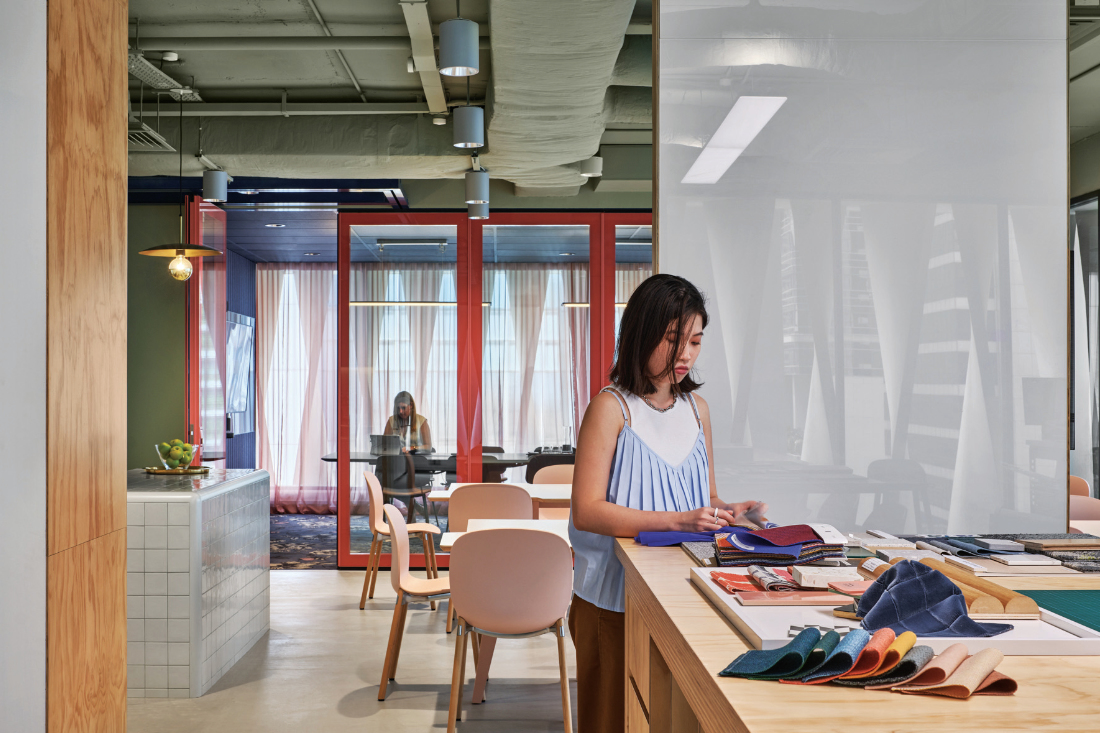
Siren Design’s new office supports the very values of openness and flexibility that it promotes to its own clients.
The Sydney-born interior designer has led the team to create some of Singapore’s most inventive and convivial workplaces for clients such PwC, pharmaceutical giants Sanofi and Novartis, and co-working provider JustCo. From being the sole person working out of a co-working space in Singapore, she now leads 19 staff in their new office on the top floor of the modernist, 1970s-built Axa Life Building.
Sloane shares that the initial stages of being in a co-working space gave her a front-row seat to how co-working communities function. “We were constantly collaborating, and sharing our ideas, contacts or challenges. It was a beautiful community and it really helped me in those early stages of the business. That experience stayed with me,” she says.
‘Community’ is a key word in her design dictionary, as she believes that helping to shape good relationships is key not just for business, but also expanded application in sectors such as the redesign of our cities – particularly in a post-pandemic world. It is what design should be after all: empathetic and human centric. But what should be the norm is more often than not sidelined, Sloane highlights.
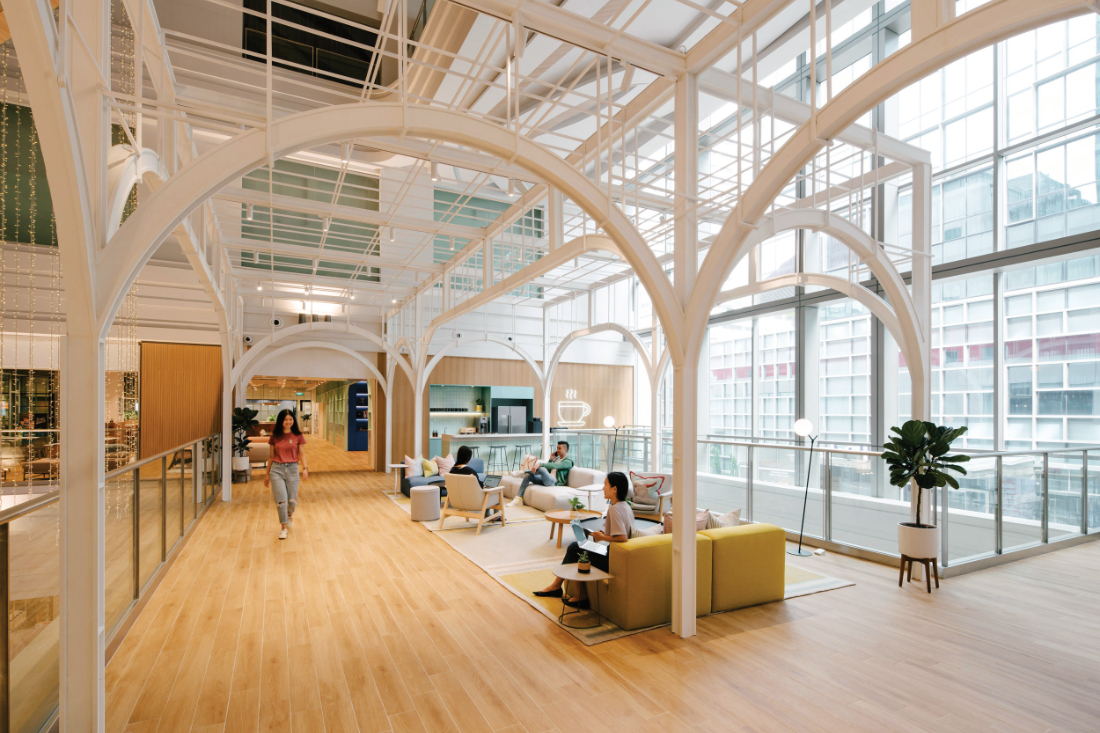
JustCo office at Cross Street in Singapore is an exercise in creating a community where vibrant exchanges are encouraged.
“We pride ourselves on working to understand the client and how the experience differs from region to region. As a result, none of our projects look the same. We do not have egos in terms of what a design should look like; it’s about the people. For every client, we deep dive into understanding each department because human resource is different from sales, and legal from finance. You get a better outcome because you’re designing for them and not because it’s a trend or fits the designer’s mould. It’s a bit like our logo – sirens are mythical creatures that can morph into any situation,” says Sloane on the firm’s tailored approach.
Asking the right questions is key to the design process. “How are you? How is your office working for your company? How are your people? How are they coping? I don’t think these questions are asked enough. In order to help people and companies thrive, we need to first understand where they are at and where the pain points lie. From there, we can use design to not only solve these challenges, but the issue of the business as a whole,” says Sloane.
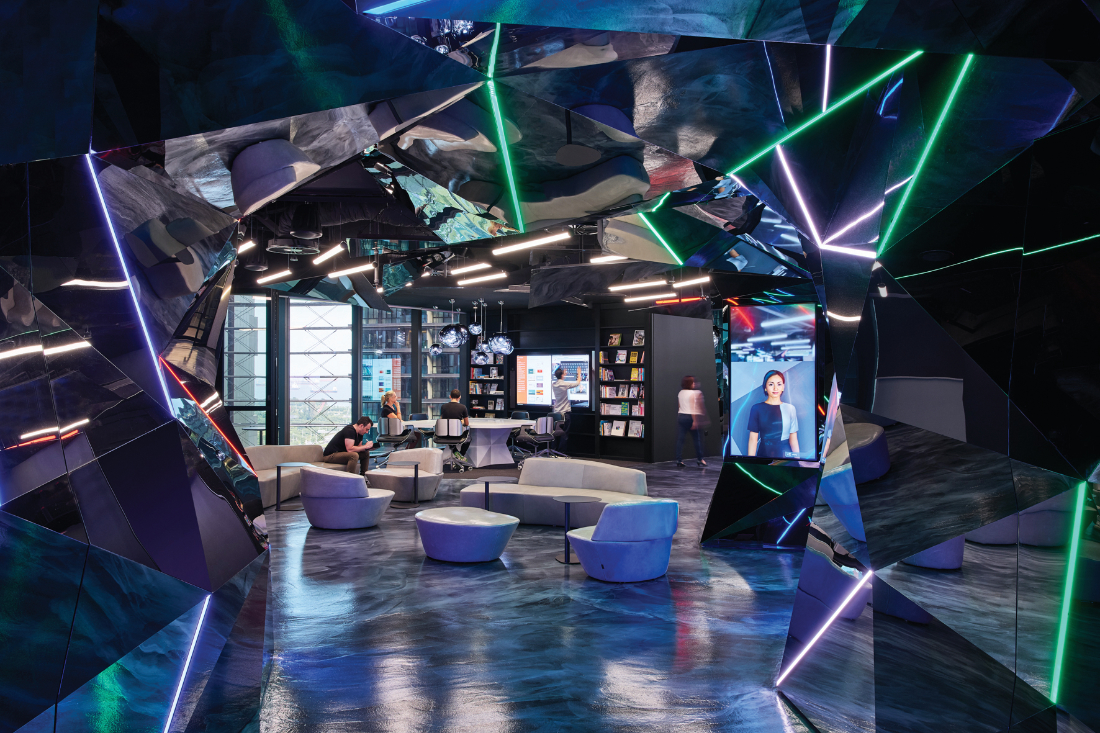
The PwC Experience Centre presents an immersive journey where spaces and technology come together seamlessly.
She places equal emphasis on building the bonds in Siren Design as she does with clients. During our interview, Sloane reiterates that the firm’s success was built on team effort. Practice director Ellen Yap and design director Junlong Lin are both given the freedom and trust to exercise self-expression under Sloane’s open leadership. The strong familial culture forges a sense of belonging.
In Sloane’s books, a willingness to listen trumps hard-handedness. So do amicability and persistence. It is not hard to see how clients are won over by this combination. “When I arrived in Singapore, I pounded pavements and had a million coffees trying to get Siren Design’s name out. Then I met the head of real estate from a tech giant and after a tough interview and pitch process, we won our first big project. Our design of this office in Singapore was a springboard for everything because suddenly we were a name,” recalls Sloane.
With discussions on workplace design propelled to the forefront during the COVID-19 pandemic, Sloane feels that the firm’s approach is more relevant than ever. While she appreciates the flexibility that working from home offers, the office is still important. “It is that space to come together and make quick decisions. Being spontaneous is hard to do over Zoom. Pre-pandemic, the average worker had an 88 per cent chance of meeting people outside their teams each week. If someone is working in the office for just two-and-a-half days a week, that chance goes down by 19 per cent. What does that do for corporate culture, and how do we design to encourage a sense of community and those opportunities for random meetings? That’s the challenge.”
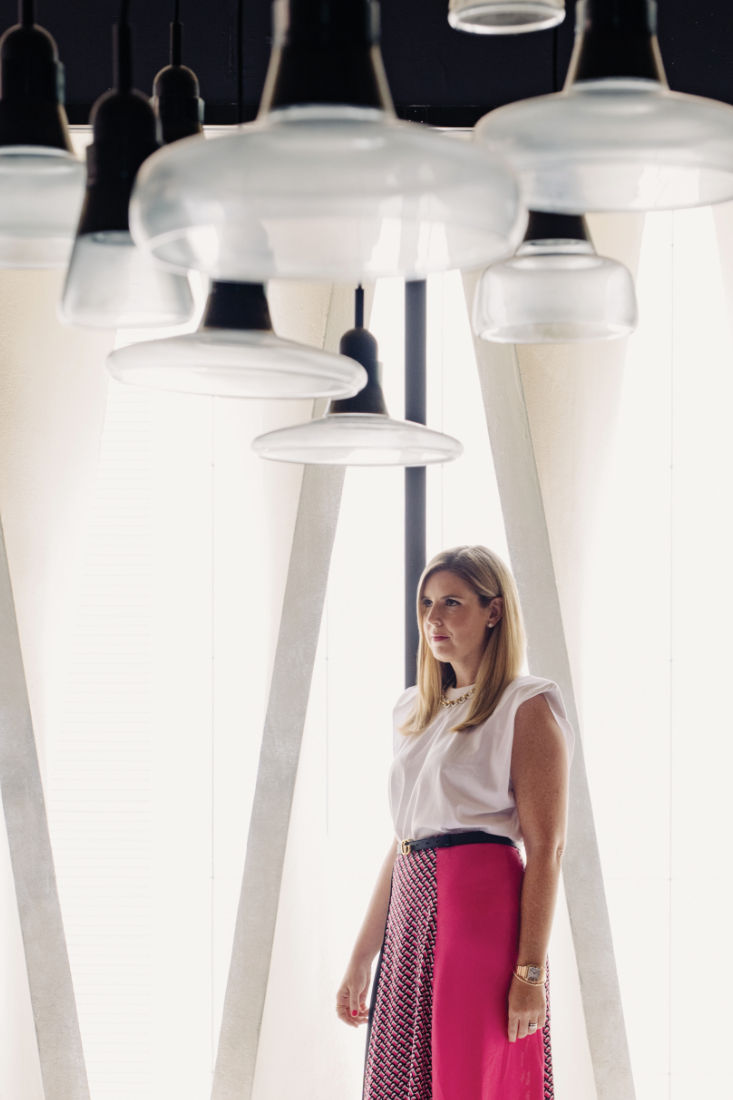
Penny Sloane moves to Singapore in 2011 when her husband relocated here for work and single-handedly set up the Singapore branch of Siren Design.
A searchable and comprehensive guide for specifying leading products and their suppliers
Keep up to date with the latest and greatest from our industry BFF's!

Schneider Electric’s new range are making bulky outlets a thing of the past with the new UNICA X collection.

With the exceptional 200 Series Fridge Freezer, Gaggenau once again transforms the simple, everyday act of food preservation into an extraordinary, creative and sensory experience, turning the kitchen space into an inspiring culinary atelier.

Within the intimate confines of compact living, where space is at a premium, efficiency is critical and dining out often trumps home cooking, Gaggenau’s 400 Series Culinary Drawer proves that limited space can, in fact, unlock unlimited culinary possibilities.

With a debaucherous past, Wonder has remodelled this dubious site into its contemporary studio.

Medibank has officially opened its new Melbourne headquarters, a workplace design project by Gray Puksand that focuses on people and Country.
The internet never sleeps! Here's the stuff you might have missed
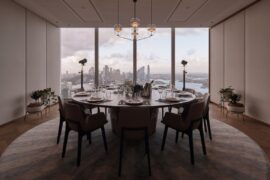
Hammond Studio’s fit-out for an exclusive North Sydney workplace draws on Italy for inspiration to craft a modern and sophisticated executive office.

A new hotel conceived by revered Singaporean architecture and design practice WOHA is just the place to stay when visiting the Lion City.

With experience in the 2012 London and 2016 Rio de Janeiro Olympic Games, WilkinsonEyre is proposing a bold new vision to kickstart Brisbane 2032.